Cooking with cannabis might seem intimidating at first glance. Many think of images of experts working with high-tech equipment that look like something from a science experiment.
With so many types of edibles on the market, you aren’t the only one understandably intimidated by the thought of creating these in your own kitchen. When the cooking process seems complicated, going to your local dispensary for your edible fix sounds like the easiest option.
The reality? Cooking with cannabis requires no special skills. Preparing edibles at home is easy and great fun when you understand the basics.
We will take an in-depth look at the fundamentals of cooking with cannabis so that anyone can take cannabis flower and transform it into something unique (and delicious).
How Do You Cook or Bake Edibles?
You’ve got your favorite cannabis flower and feel inspired to get creative in the kitchen. You think about the delicious brownie edibles you bought from your dispensary a few weeks back. Where do you begin to make delicious edibles like those?
The first and most important part of the cannabis cooking process is to activate your raw flower. This process is known as decarboxylation, though more commonly referred to as decarbing. While the term might sound scientific and complex, decarboxylation is pretty simple to perform.
Decarbing your weed means heating the plant material to a specific temperature for a certain period. The heat transforms the cannabinoids in the raw flower into compounds we can then enjoy through consumption.
Decarbing essentially takes inactive compounds and converts them into active compounds like tetrahydrocannabinol (THC) and cannabidiol (CBD) that we know and love. This explains why raw weed delivers limited effects. You have to heat it, to get the most out of it.
If you smoke weed, you have already unknowingly participated in the decarbing process. By heating the raw flower using a lighter or match, you are decarbing your cannabis and transforming the compounds into something your body will react to. As a result, you are left feeling high and experiencing the benefits of weed, from chronic pain relief to help with insomnia.
A Quick Guide to Decarbing Weed for Edibles
Decarbing your cannabis to make edibles is simple and does not necessarily require special equipment. After preheating your oven to 240 degrees Fahrenheit, grind up your cannabis and place it evenly onto a baking sheet or baking dish. After covering your weed with tin foil, put it into the preheated oven and bake for about an hour. It’s that simple.
While this method isn’t perfect given the heating inconsistencies across different oven makes and models, the final product will be effectively decarbed and ready to use when making edibles.
If you plan to cook with cannabis quite frequently, you may be interested in investing in a decarboxylator. Unlike your oven, this device is designed specifically for those who take their cannabis cooking seriously. These small machines decarb your weed with efficiency and accuracy. They also maximize the potency of your infusions by hitting the perfect conditions for decarboxylation.
How Do You Decarb Without the Smell?
The smell of cannabis from the oven-baked decarbing process concerns some at-home edible creators. This concern alone may deter some from trying it out in the first place. But is there a way to convert the compounds in raw cannabis without stinking up your living space?
Thankfully, there are methods of decarbing at home that will mitigate this issue and keep that dank smell at bay.
One of the easiest and mess-free options is using a mason jar. After grinding your weed and sealing it in the jar, you can then place it onto a baking sheet in the oven at the same temperature listed above. Then, remove the jar and shake up the cannabis every 15 minutes, and after an hour (plus cooling time), your weed should be ready to use in your cooking endeavors, odor-free.
Start With the Basics: Edible Infusions 101
You have decarbed the bud, and you are ready to be transformed through cooking. Next, you must make an infusion that will work as the potent ingredient in your weed recipe of choice.
When you take decarbed bud and infuse it into another substance, you get a cannabis infusion. This ingredient is integral to any well-formed edible. Cannabis-infused ingredients shine in cooking and baking, but usually, these infusions are not made to be consumed on their own unless you are desperate, of course.
Are you planning to get serious about your cannabis cooking? You will greatly benefit from a kitchen that is stocked with these six essential weed infusions.
Cannabutter
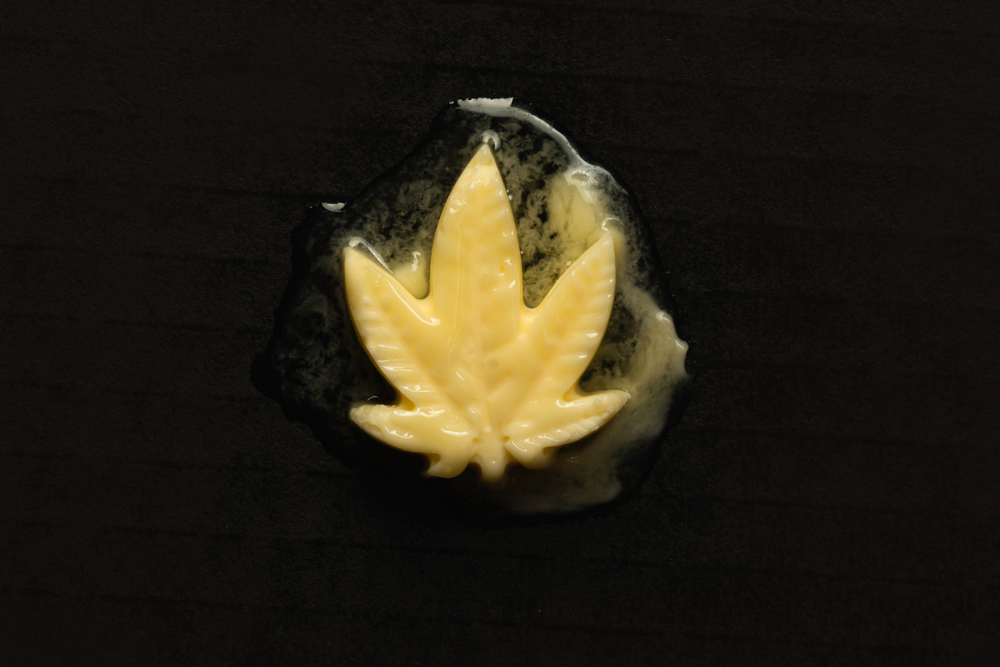
Cannabis butter is one of the most popular infusions, and we can understand why. It is relatively simple to create, and the finished product is highly versatile. You can use your butter in anything from baked goods to something more salty and savory.
This infusion is great for seasoned cooks and those who are less confident in the kitchen. It is one of the easiest weed recipes to master and can be added to any recipe that requires butter. With weed butter on hand, your options are limitless as far as cannabis cooking goes.
Since THC and CBD are fat-soluble, butter makes an excellent vessel to transport these cannabinoids into your body from a digestive standpoint. Therefore, by preserving the cannabinoid content in butter, you can maximize the effects felt after consumption.
Having cannabutter stocked in your pantry will make it easy to experiment with your cooking without needing to go to any extra effort.
Cannabis Oil (Olive, Canola, etc.)
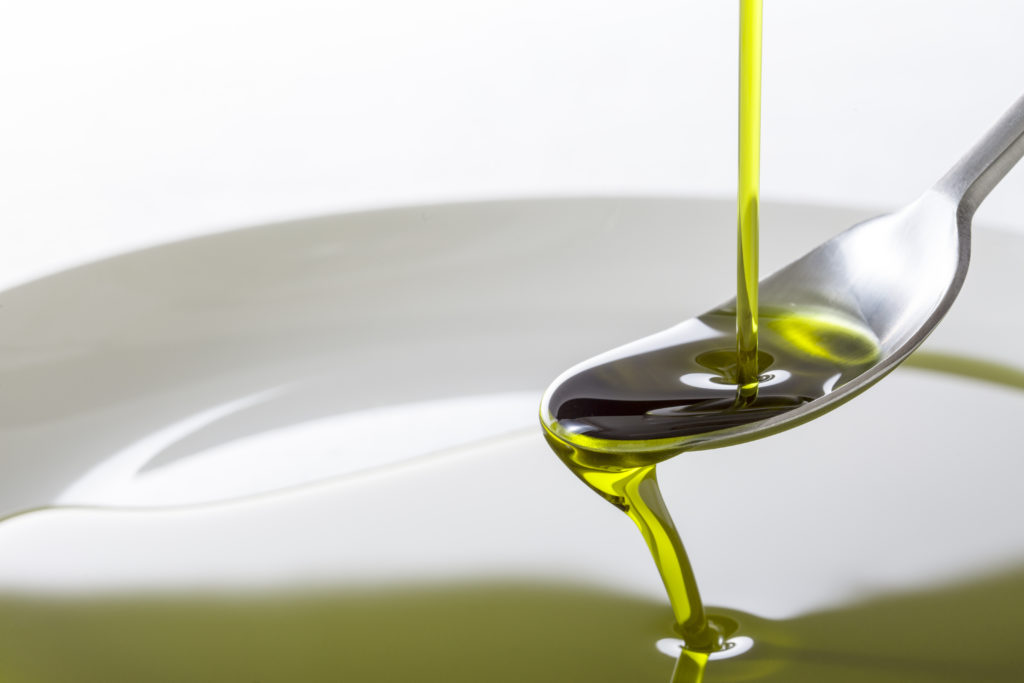
Cannabis oil infusions are also versatile. Like cannabutter, you can add oil to many recipes you already make. No new fancy culinary skills are required. This infusion can shine in just about any culinary creation, from a delicious stir-fry to a salad dressing.
This infusion will preserve the cannabinoids and pack a serious punch after consumption, given the fatty content in any cooking oil, like olive oil, canola oil, avocado oil, and more.
Preparing an oil infusion is beginner-friendly. Plus, you can jazz up any oil infusion with additional culinary herbs to make a delicious concoction of your own. Try rosemary, basil, or thyme.
Canna Honey
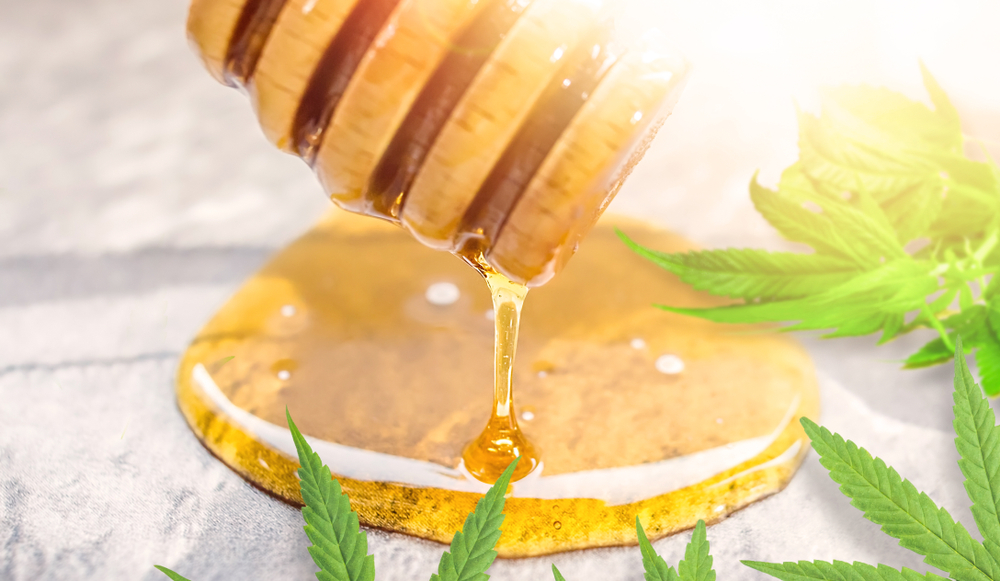
Are you looking for something sweeter? This infused honey will have you enjoying the benefits of cannabis in a seriously delicious way. Accessing the world of home-prepared edibles can be as simple as adding a spoonful of honey to your morning oatmeal or your afternoon coffee.
The benefit to canna honey is that you can use it in small quantities. This makes it ideal if you want to experience the plants’ more subtle effects. Rather than eating an entire meal or edible with a potency that could interrupt your day, you can easily add small amounts of honey to your meals and beverages.
Using this infusion may also provide health benefits, given honey’s natural antiseptic and antibacterial properties. If you are down with a cold, enjoying a warm beverage with canna honey will provide much-needed relief and help soothe your sore throat.
Canna Sugar
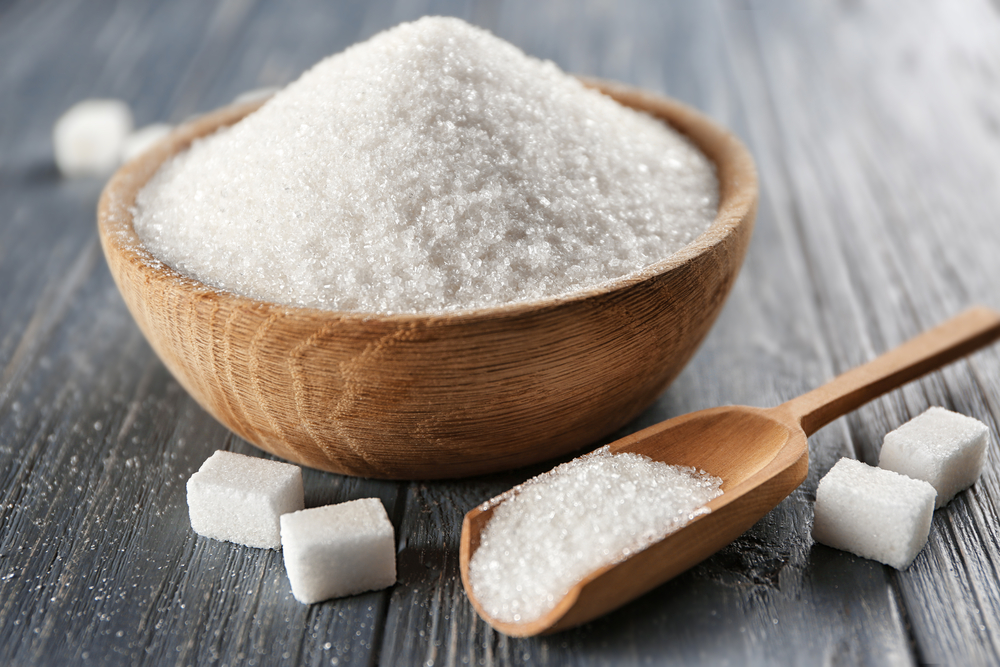
Infused sugar can satisfy your sweet tooth while providing the various benefits of cannabis. Is this a match made in heaven? We think so.
Cannasugar is simple, delicious, and versatile. Keep a jar of this infusion in your cupboard as a staple, then you can add a dash into your favorite sweet treats, from baked goods to sweet and spicy sauces. You can use cannasugar in nearly any diet. This kitchen staple opens up a world of possibility as far as baking edibles goes.
Trust us, your sweet tooth will thank you.
Cannabis Tincture
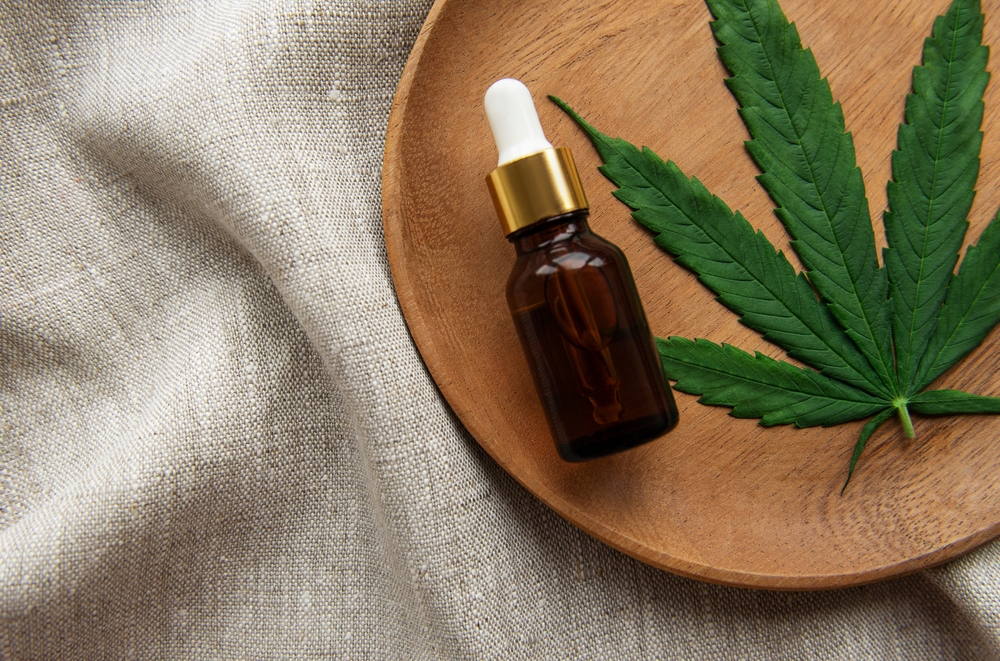
Tinctures are alcohol-based cannabis extracts that are popular with medical cannabis users. They are highly versatile, making them an excellent way to enjoy the benefits of marijuana.
Cooking with cannabis tinctures is simple, as you can add them to just about any food or drink. This will give you the freedom to be as creative and experimental as you want. So whether you want to spruce up a cocktail or add some green goodness to a soup, tinctures are the answer.
Cannabis tinctures are also great If you are looking for easy dosage. Using a dropper, you can measure out the exact amount. This can take the guesswork out of enjoying cannabis and allow you to customize your experience with precision.
Canna Milk
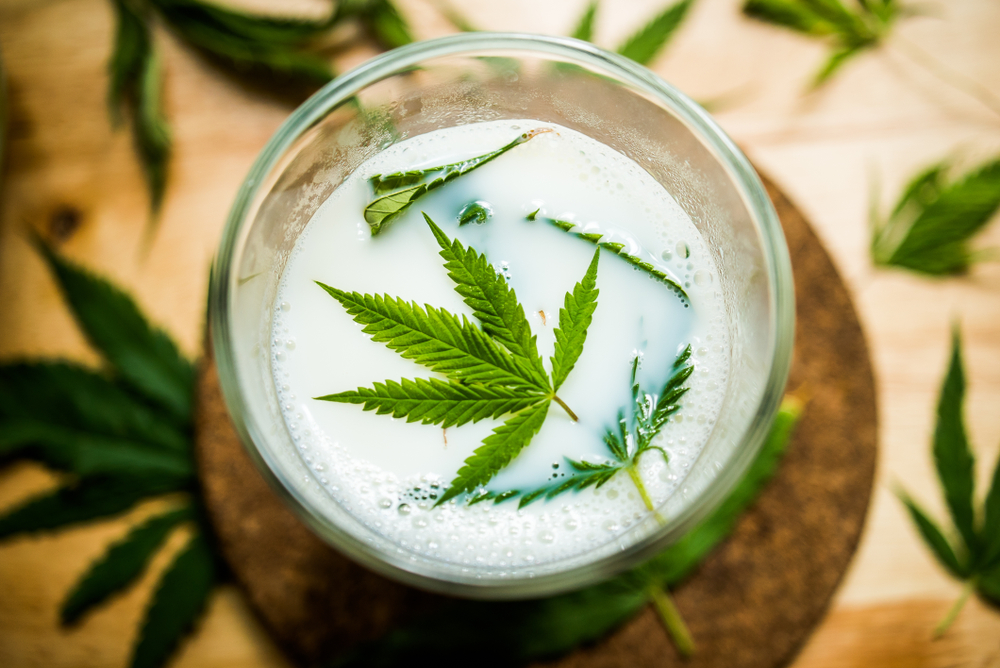
Cannamilk takes your favorite cold glass of milk to the next level. Whether you want to enjoy this on its own or take a conventional recipe up a notch, cannabis-infused milk is a beautiful thing.
Dairy infusions work well because of their fat content. Your favorite cannabinoids are preserved and ready to work their magic whenever you have a craving.
Cannamilk can be added to your coffee or tea throughout the day for gentle effects that leave you feeling soothed but not stoned. You can use this infusion in your cereal or add it to your favorite creamy soup or any baking endeavors. There are so many ways to incorporate this infusion into your cuisine with minimal effort.
What Equipment Do You Need to Bake with Weed?
You don’t need a kitchen full of specialty equipment to get started. With a few minor exceptions, all you will need is the regular gear you likely already have kicking around at home.
If you’ve got a mason jar or baking sheet for decarbing, and a stovetop or slow-cooker for infusing your cannabutter, then you’re more than halfway there. You will also need a cheesecloth to strain your infusion after cooking over your heat source.
There are, however, many tools available to purchase that will make your cooking endeavors that much easier.
A cannabutter machine simplifies the weed butter process of cooking. Users only have to load the cannabis, butter, and water into separate compartments, and the device will do the rest. These machines will even decarb your weed for you, streamlining the entire process.
By investing in a cannabutter machine, you can avoid rookie mistakes, save time, and ensure you have a consistent, potent product each and every time.
Choosing the Right Strain for Making Your Own Edibles
You are now comfortable with the cannabis cooking process. But how do you know which strain to use when making your own edibles? With hundreds of varieties to choose from, the decision may at first seem overwhelming.
Choosing the right strain is crucial, as the type of cannabis used will greatly impact the effects you experience after consuming the edible.
Are you looking for an edible to help you mellow out on the couch? Or are you seeking effects that allow you to remain productive and accomplish tasks throughout the day? Your strain of choice will hugely influence your experience.
If the mellow vibe is for you, consider an indica-dominant strain that will have you feeling relaxed in no time. For those hoping for something more energizing, a sativa might do the trick.
Keep in mind that the type of cannabis you use in your cooking will also impact the aroma and flavor of the final product. For example, experimenting with a strain that has notes of chocolate or coffee may prove delicious in a brownie edible treat.
Most importantly, a quality edible or infusion starts with quality material. Using a low-quality, stale strain in your cannabis cooking endeavors will result in a low-quality product. Ensuring you are using high-quality bud that is rich in terpenes and flavor will allow you to create something amazing. You will be able to taste the difference.
Baking with THC or CBD? What’s the Difference?
The cannabinoid content of a particular strain is important when it comes to baking with cannabis. If you are working with a THC-dominant strain, then the effects of your creation may include euphoria and the feeling of a high. On the other hand, an infusion higher in CBD may offer more relaxing, non-intoxicating effects that can be great for relieving headaches, anxiety, and stress.
How Do You Dose Homemade Edibles?
You’re now well-equipped in the art of making delicious edibles at home, safely and effectively. But, while you marvel at your first kitchen creation, you will need to know how to dose your edibles before you dig in and enjoy the fruits of your labor.
Knowing the potency of your edibles is crucial. You probably already know that consuming an excessive dose of THC could trigger anxiety or paranoia in some cases. This is why we all want to carefully dose out edibles in a way that creates calming, relaxing effects. You’ll always want to cater to your personal tolerance.
Calculating the dosage of home-baked edibles is not an exact science, as many factors influence the final cannabinoid content. The quantities of THC and CBD in a particular edible have everything to do with the decarboxylation process, the infusion that you create, and your accuracy when measuring and stirring.
While it may be challenging to determine the precise cannabinoid content, you can safely estimate the quantity when dosing your edibles at home.
Most importantly, you will need to know the cannabinoid content in your raw bud. Take a look at the packaging to figure out the exact numbers.
Once you know the THC percentage in your flower, you can perform a simple calculation to find the approximate dosage in your final product. First, take this percentage and multiply it by 1000, which will provide the milligrams of THC per gram of flower. Next, multiply the quantity (in grams) of bud that will be going into your infusion by the milligrams of THC per gram. This number reflects the amount of THC in the batch of your infusion.
The final part is simple: See how much of your infusion the recipe requires, then divide that quantity by the number of portions in your batch of edibles.
Dose Calculation Example:
You are making one cup of cannabutter with 3 grams of fresh dispensary flower that has 25 percent THC.
- Multiply 1000 by 0.25 (25 percent THC), which gives you 250 milligrams of THC per gram of flower.
- Next, multiply 250 mg by 3 (the quantity in grams of flower used in the infusion). This equals 750 mg, which reflects the total milligrams of THC in your batch of cannabutter.
- When you prepare a batch of brownies that calls for half a cup of cannabutter, you can use the above figures to estimate the potency of each portion safely. Divide our 750 mg example in half to find the cannabinoid quantity in your half-cup portion. In this case, since your brownie recipe requires a half cup of cannabutter, your whole recipe contains 375 milligrams of THC.
- Once baked and cooled, you slice your brownies into 18 equal portions. For your final calculation, you will take 375 and divide it by 18, which tells you that each brownie contains approximately 21 grams of THC.
What’s the Best Way to Store Your Edibles?
You’ve nailed the decarboxylation process and made some delicious-looking infusions. But, how can you properly store your creations to preserve potency and extend their shelf-life?
Proper storage is essential as it will lessen the degradation of precious cannabinoids over time.
The storage method will depend on the type of infusion. Store cannabutter and oil infusions in the refrigerator in a glass container or bottle. If you have leftovers that you want to keep at optimal freshness, you can freeze your infusions just like regular butter and oil. Consider portioning into ice cube trays for an easy solution when making small batches.
You should store canna honey just like regular honey. Keeping your infusion in a tightly sealed glass container at room temperature away from light and heat will preserve this sweet stuff. Store canna sugar this way, too. Infused sugar is highly shelf-stable and can be very long-lasting when stored with care.
Cannabis tinctures have the longest shelf life out of all cannabis infusions. Storing them in an airtight and opaque container will keep out light and air, which could diminish the cannabinoid content over time. You can refrigerate your homemade tinctures, but at the very least, store them in a cool, dark place in your kitchen.
You can store your canna milk exactly as you would with regular dairy. Keep sealed in the fridge, and throw out once it has reached the original expiration date as noted on the dairy carton or package.
When it comes to your own cooking and baking with the above infusions, storage and expiration will depend on what kind of creation you make. You can follow conventional storage rules when it comes to the baked goods, meals, and candies that you may prepare.
Get Cooking with Cannabis!
Cooking with cannabis is not rocket science. While there are various steps to consider and some calculations required, making sweets and treats at home is a painless process. A little practice, and you’ll be cracking out much more than special brownies from your THC-infused kitchen.
So, we’ve equipped you with the knowledge of decarboxylation, infusions, dosing, and storing edibles, you are on your way to becoming a successful home cannabis chef. Now comes the fun part! Get out there and use your skills to create unique infusions and edibles of your own.

Leave a Reply